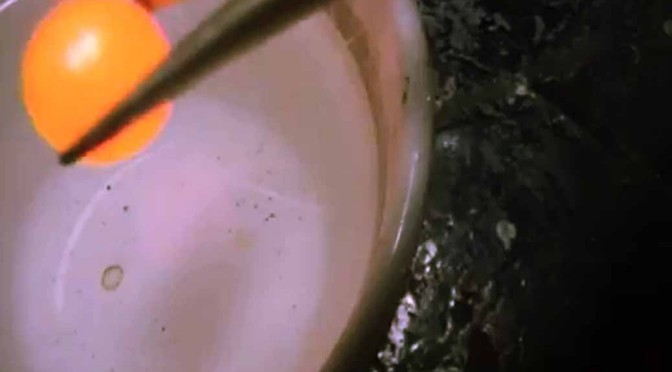By Anupum Pant
I cannot say why you’d do it, but suppose you were on a hike to the top of a 120 feet sand dune in the centre of some desert, say near Al-Askharah, a coastal town in Oman. Unfortunately, it’s also the mid summer time, with 50 degree Celsius winds blowing at 50 miles an hour, and the dune you are climbing has a slope of 30 degrees. There’s nothing else (besides sand) to be seen or heard for miles around you.
The numbers are apparently perfect for a very eerie phenomenon to occur. And then the whole desert suddenly cries out a booming chorus of a very low hum (Like someone playing a very low note on the cello). What could have possibly caused that?
For ages such sounds in the midst of empty deserts have been bewildering people. Marco polo mentioned it. Charles Darwin also wrote about the “Bellower” in The Voyage of the Beagle. Moreover, until recently, even modern scientists weren’t sure what caused these sounds. It was only during the year 2009 that things started becoming clear when a group of researchers started experiments with sand on an incline in a laboratory environment.
The low droning hums, now as we know, come from within the sand dunes. The Sand particles are blown by the wind, causing an avalanche. As the sand falls across the 30 degree incline of the dune, they vibrate, synchronise and send the vibrations into the dune. The dunes pick up these tiny synchronised vibrations and amplify them, causing the low droning hum; coherent enough to resemble musical notes.
This only happens at few places around the world. In Morocco the dunes cry out an echoing hum of 105 hertz. Whereas in Oman the sands create a mixture of frequencies ranging from low 90 to slightly less low, 150 hertz. Something similar is also heard in the death valley. The video explains…

